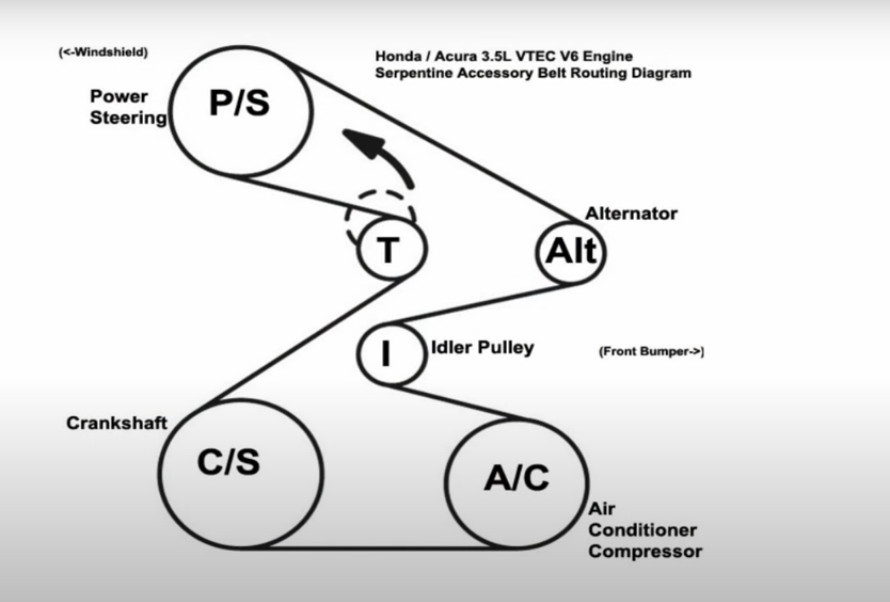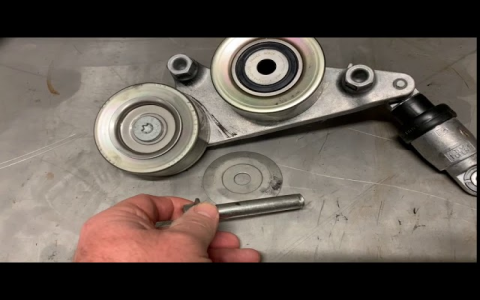Locating the serpentine belt diagram for your 2011 Honda Odyssey ensures accurate belt installation or troubleshooting during maintenance tasks like belt replacement. This guide provides direct steps to obtain and interpret the diagram efficiently.
Step 1: Consult Your Vehicle's Owner's Manual
Retrieve the owner's manual included with your Honda Odyssey. Diagrams for the serpentine belt routing are often found in the maintenance or belt section. Ensure the manual is for the correct model year to avoid discrepancies.
Step 2: Inspect the Engine Compartment
Open the hood and examine visible areas near the front of the engine bay. Look for a printed diagram or label affixed to the radiator support, fuse box cover, or strut tower. This label typically displays the belt routing path for quick reference. If present, take a clear photo for future use.

Step 3: Search Online Using Specific Keywords
Utilize a general search engine to find reliable diagrams. Input precise terms such as "2011 Honda Odyssey serpentine belt diagram" or "Honda Odyssey EX/LX serpentine belt routing." Ensure you include the exact trim level and year for accurate results. Verify the source credibility by cross-referencing multiple results.
- Key Tip: Always search using your VIN or engine type to confirm compatibility with the 3.5L V6 J35A8 engine.
- Caution: Avoid unofficial forums; prioritize diagrams from recognized automotive resources to ensure reliability.
Step 4: Access Digital Repair Manuals
Obtain a printed or digital copy of a standard repair manual, such as those from publishers specializing in automotive guides. Focus on sections covering accessory drive belts or serpentine belt systems. For the 2011 Odyssey, diagrams typically show tensioner pulley positions and belt path around accessories like the alternator, A/C compressor, and power steering pump.
- Note: Label pulleys numerically or alphabetically if the diagram uses a reference system for easier routing.
Step 5: Confirm the Diagram's Accuracy
Before application, compare the diagram against your vehicle's actual belt setup. Check pulley alignment, tensioner direction, and accessory connections to ensure there are no mismatches. If inconsistencies arise, revisit steps 1–4 to re-verify information sources.
Safety Reminder: Always disconnect the battery and relieve belt tension safely during any belt work to prevent injury or damage.

